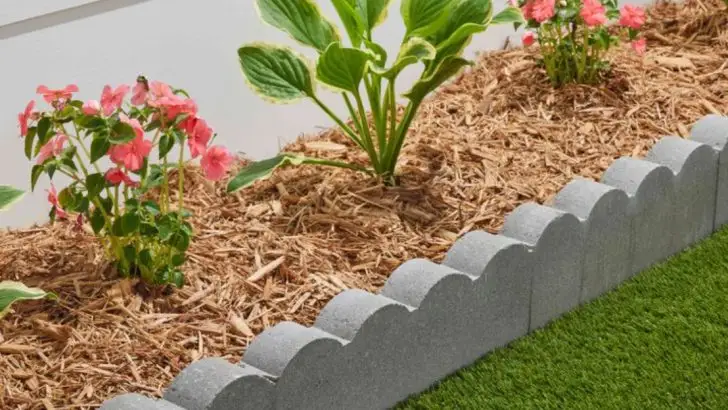Grass can be a stubborn invader, creeping into your flower beds and competing with your plants for space, nutrients, and sunlight. Thankfully, there are several effective tricks to keep grass out without damaging your flowers.
In this article, we share 11 garden tricks to stop grass from invading your flower beds for good. From using mulch and landscape fabric to creating physical barriers and applying natural weed killers, these tips will help you keep your flower beds lush and grass-free. If you’re tired of battling grass in your garden, these solutions will ensure your flowers get the space they deserve!
Edging with Bricks or Stones
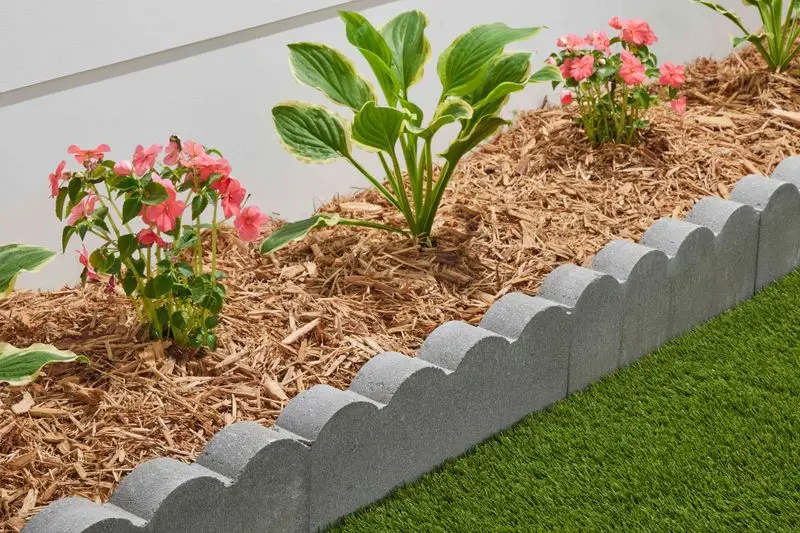
Utilizing bricks or stones to define the boundary between your lawn and flower beds creates a visually appealing barrier. These materials not only add aesthetic value but also serve as a practical means to prevent grass from spreading into the flower beds. Arrange them tightly to ensure no gaps exist, which could allow grass to sneak through. This technique is both durable and easy to maintain. Over time, you may need to adjust the placement slightly to accommodate for soil shifts, ensuring the barrier remains effective.
Mulching
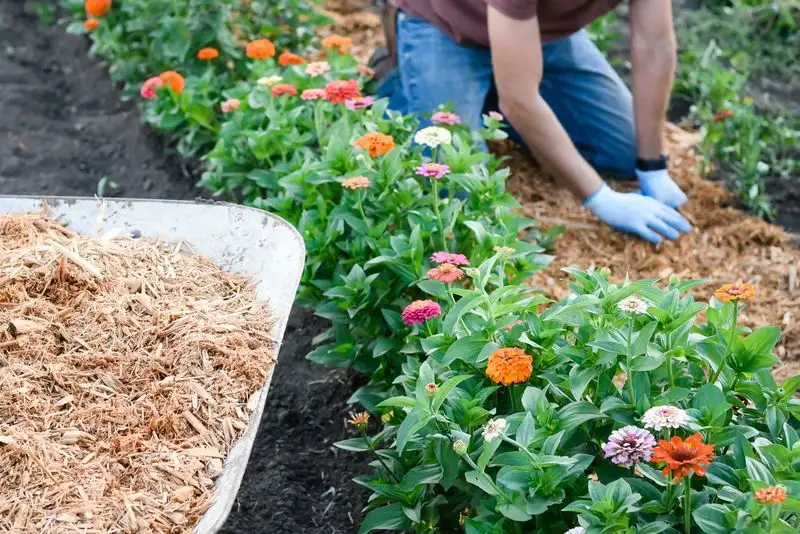
Applying a thick layer of mulch around your plants can effectively suppress grass invasion. Mulch deprives grass seeds of sunlight, crucial for germination, thus reducing unwanted growth. Organic mulches like wood chips or bark also enrich the soil as they decompose, benefiting your flowers. Regularly replenish the mulch to maintain its thickness and efficacy. Additionally, mulch helps retain moisture, promoting healthier flower growth while minimizing the labor of frequent watering. Choose colors that complement your garden for a cohesive look.
Landscape Fabric

Landscape fabric serves as an effective barrier against grass and weeds. Place the fabric over the soil and cut slits where you want to plant flowers. This method prevents grass from taking root while allowing your chosen plants to thrive. Secure the fabric with garden staples to prevent any movement. Over time, covering the fabric with mulch not only enhances its appearance but also adds an extra layer of protection. Regular checks ensure that the fabric remains intact and functional, keeping your flower bed pristine.
Vinegar Solution
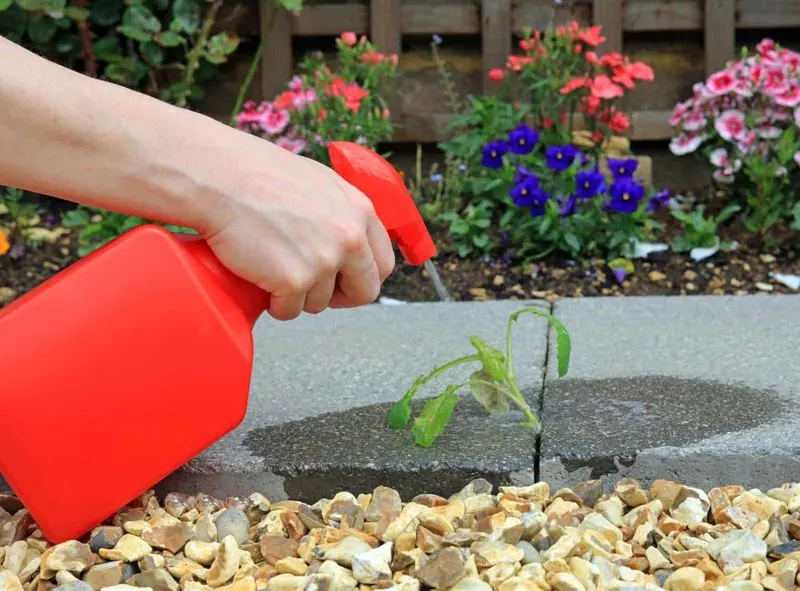
A simple vinegar solution can be a powerful natural herbicide to deter grass. Mix equal parts of white vinegar and water in a spray bottle, and target the areas where grass is encroaching. This solution is most effective when applied directly to the leaves on a sunny day, as it absorbs into the plant better. Be cautious to avoid spraying on your flowers, as it can harm them too. This eco-friendly approach is ideal for those looking to avoid chemical pesticides in their garden.
Trench Edging
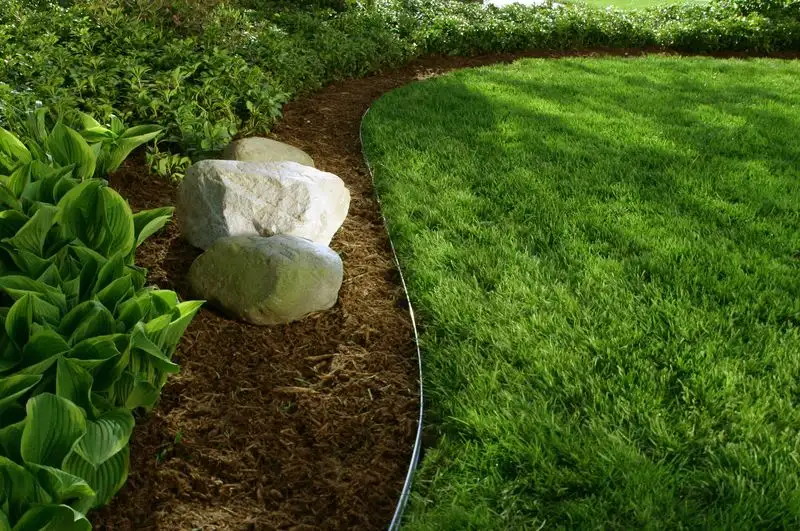
Digging a shallow trench around your flower beds is a straightforward way to hinder grass spread. This method creates a physical gap that prevents grass roots from reaching your flowers. Ensure the trench is deep enough to deter grass but not so deep that it becomes a hazard. Over time, regular maintenance of the trench will be needed to keep it effective, as soil can naturally fill it back in. This low-cost solution is ideal for gardeners who prefer simple, manual techniques.
Grass Barrier Plants
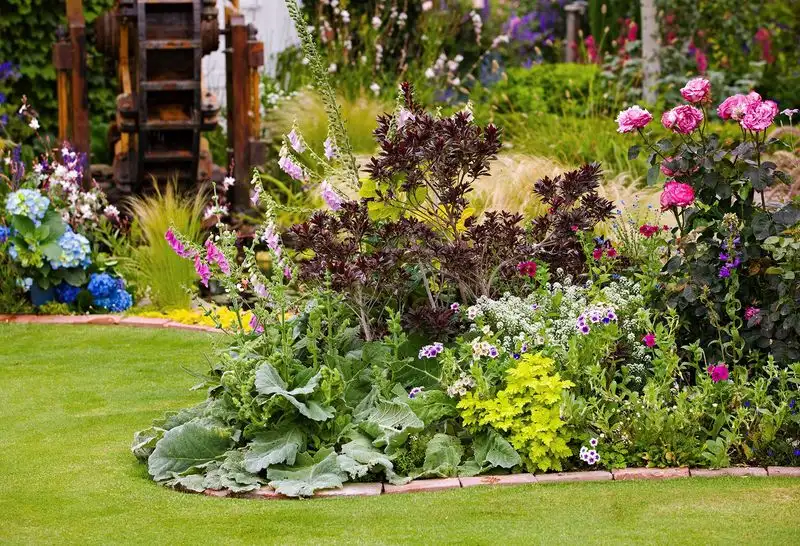
Planting dense, tall plants like lavender or ornamental grasses can create a natural barrier against invasive grass. These plants block light and create a physical obstacle, deterring grass from spreading into flower beds. Select species that are well-suited to your climate and soil conditions for best results. As these barrier plants grow, they also enhance the visual appeal of your garden. Regular pruning will keep them in check, ensuring they don’t become invasive themselves while maintaining their effectiveness.
Regular Mowing and Edging
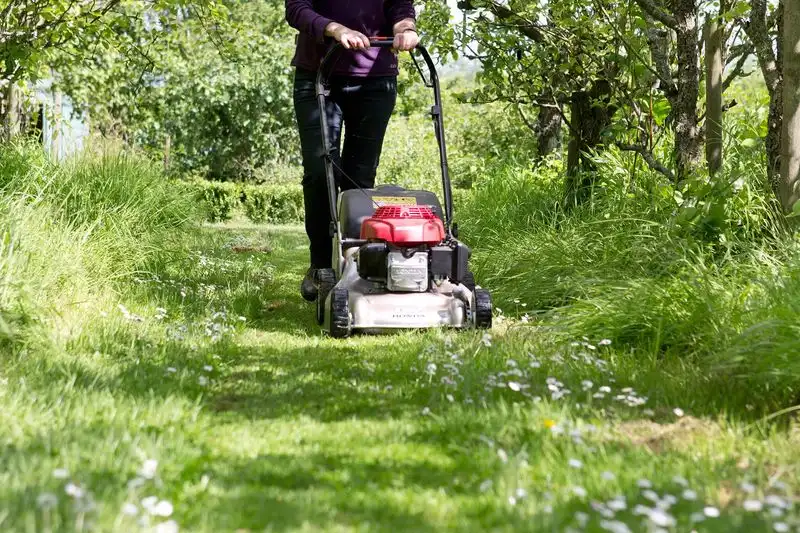
Consistent mowing and precise edging are crucial in preventing grass from encroaching into flower beds. By keeping your lawn at an appropriate height, you reduce the chance of grass seeds spreading. Use an edger to create a clean, defined line between the grass and your flower beds. This practice not only maintains a neat appearance but also acts as a deterrent for grass expansion. Regular attention to these tasks ensures that your flower beds remain the focal point of your garden.
Boiling Water
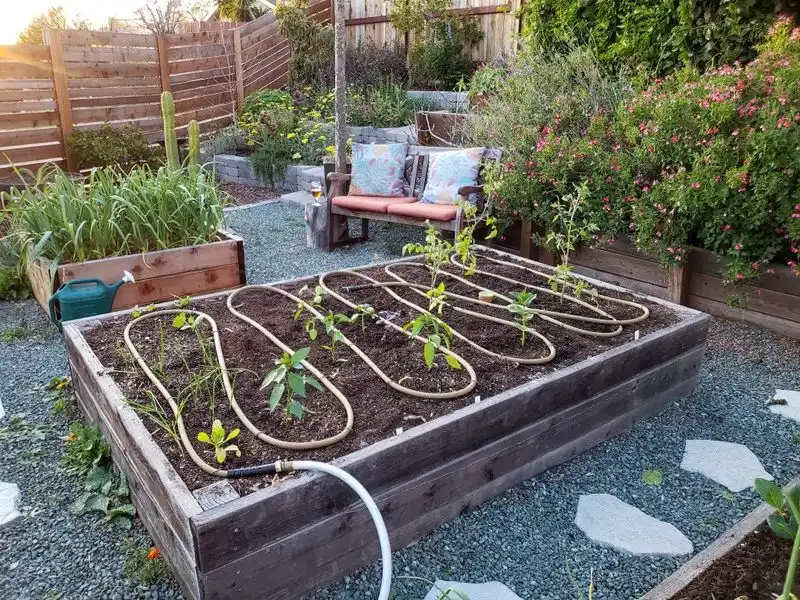
Pouring boiling water directly onto unwanted grass is a quick and natural method to kill it. The heat destroys the plant cells, making it effective for small outbreaks of grass. This method is most useful for areas where grass has just begun to invade, as it’s less effective on well-established roots. Repeated applications may be necessary for stubborn patches. This eco-friendly approach does not involve chemicals, making it safe for use around children and pets while preserving the environment.
Herbicide Use
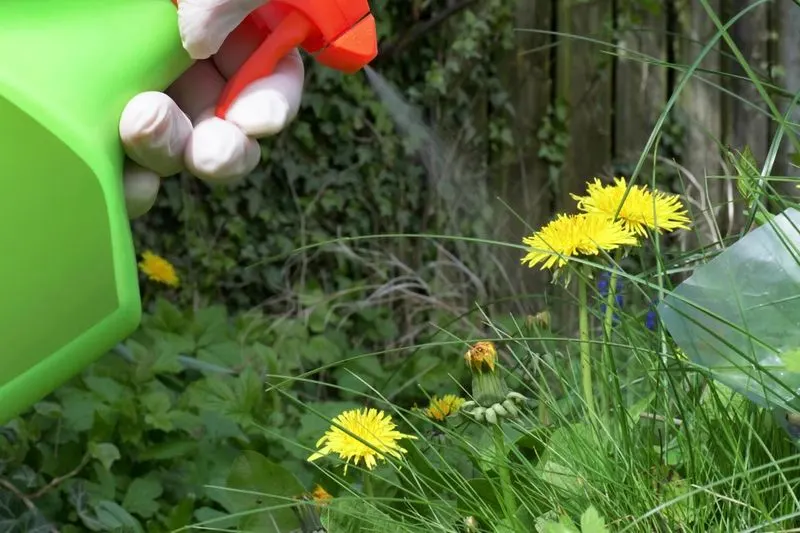
When natural methods are insufficient, selective herbicides can be an effective solution. Choose a product designed to target grass, ensuring it doesn’t harm your flowers. Apply it carefully along the edges of your flower beds, following the manufacturer’s instructions for safety. This method should be used sparingly to avoid potential damage to your garden’s ecosystem. Herbicides offer a more aggressive approach, best reserved for persistent issues that other methods have failed to resolve.
Soil Solarization

Solarization involves covering the soil with clear plastic to trap solar energy, heating the soil to levels that kill grass and weed seeds. This method is particularly effective during sunny months when temperatures are high. Ensure the plastic is securely laid and left in place for several weeks for optimal results. Periodic checks will help maintain its position and effectiveness. Though time-consuming, this chemical-free method offers a long-term solution to persistent grass problems, promoting a healthier gardening environment.
Create a Raised Bed
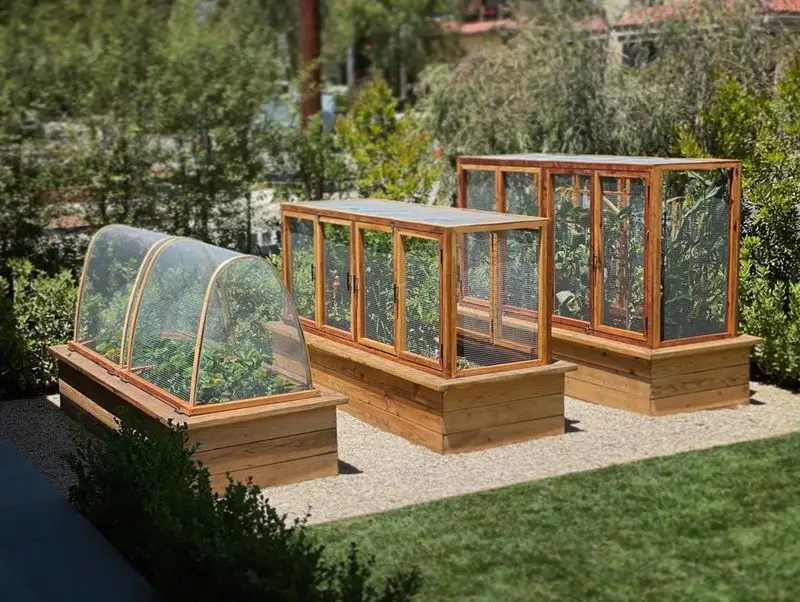
Building a raised bed can prevent grass from invading your flower patches. Elevated beds create a physical barrier, as grass struggles to climb over the edges. These structures also allow for better control over soil quality and drainage, making them ideal for tailored flower growth. Choose materials like wood or stone that complement your garden’s design. Raised beds can be labor-intensive initially, but their long-term benefits for managing grass invasion make them worthy of consideration.

